Archelon ischyros – the largest known turtle of all time
“Ruler turtle”
The largest living turtle in the world is the leatherback sea turtle. It may reach approx. 2 meters (6.5 ft) in length, while the heaviest recorded animal weighed around 650 kg (1,430 lb). However, millions of years ago in the North American seas lived a much bigger turtle. Not one of our readers would be surprised to learn that it was twice as long as the leatherback sea turtle and could weigh even 2 tons / 4400 lb (at that time everything was in XXL size ;)). Nevertheless, Archelon ischyros could resemble the modern giant turtle in many ways, especially in terms of appearance. Here is a brief story about the largest turtle ever – Archelon ischyros, which Greek name may be translated to ‘ruler turtle’.
Classification
- Kingdom: Animalia
- Phylum: Chordata
- Class: Reptilia
- Order: Testudines
- Suborder: Cryptodira
- Family: †Protostegidae
- Genus: †Archelon
- Species: †Archelon ischyros

Range and dating
These giant sea turtles ruled the Earth’s seas from about 80 to 66 million years ago, Late Cretaceous. Their fossils were found in the USA, more precisely in South Dakota and Wyoming. In the Late Cretaceous, these areas were covered by a shallow sea, which was home for e.g. the enormous sea turtles and mosasaurs (some reading about the latter may be worthwhile as they are one of the attractions in the latest ‘Jurassic World’ 🙂 ).
Discovery
The first bones of Archelon ischyros were found in 1895 by Dr. Wieland, which described the new find a year later. The discovery took place in South Dakota in the Pierre Shale geological formation which is estimated to be 80.5 million years old.
The largest specimen was found in 1970 in the same exact formation. The unearthed skeleton was over 4 meters (13.1 ft) long and 4.9 meters (16 ft) wide (flipper to flipper). As a result, the species was deemed the largest turtle in the history of the world. It outranked the extinct former record-holders: a sea turtle Protostega gigas (3 meters (9.8 ft)) and a freshwater turtle Stupendemys (3.3 m (11 ft)).

Characteristics
It is believed that the Archelon ischyros was very similar to the present day leatherback sea turtles. Both species are distinctive for their relatively thin shell, which was spread on a rib ‘frame’. Most modern turtles’ shells consist of bone plates, which all add up to a considerable weight.
This turtle had a narrow skull, relatively narrow and thin yet vertically extensive shell plus highly pronounced jaws and a pointed tail.
It could weigh 2 tons (4409 lb), be almost 5 meters (16.4 ft) wide, and over 4 meters (13.1 ft) long. Conceivably it had powerful beak-shaped jaws, adapted to snatching large mollusks (such as squids), but also jellyfish and cephalopods.

A light shell
The large shell was most probably shaped in such a manner to achieve the so-called neutral buoyancy. This allowed the animal to use as little energy as possible to remain in the water column, as it was not heavy enough to drown to the seabed, neither light enough to float towards the surface.
Archelon achieved its neutral buoyancy through right body movements, which allowed the oxygen stored in the lungs to be channeled upwards. This ability could come in handy when adapting to various depths for the turtle’s favorite meal could be either close to the surface or a bit deeper. Provided that this reptile could alter the depth it was on, its hunts would be much more effective. Alternatively, in case its shell was a heavy bone structure, the turtle would have to put much more energy to remain stable in the water, considering the fact that the turtle must have surfaced every once in a while to draw a breath (all in all even a sea turtle is not a fish;) ).
Therefore a thick shell would not prove effective for such a large marine animal as Archelon ischyros. A thin and light shell would also diminish the average body density, which would make the turtle’s drowning extremely hard. A relatively light shell would also help save lots of energy during a long-distance ocean journey. The turtle would not have to use up many precious calories to maintain a heavy ‘household’.
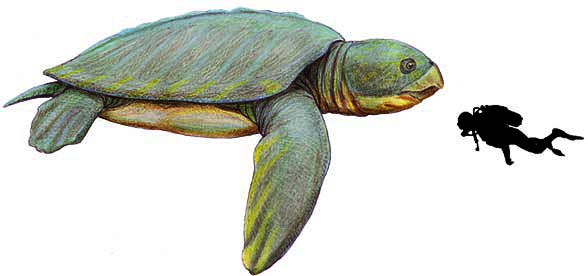
Natural enemies
There were more large animals in the Late Cretaceous waters, such as large mosasaurs e.g. tylosaur and maybe the giant Cretoxyrhina sharks (luckily for the turtle, the megalodon did not swim in the seas yet at that time, but if it would, it could consider our turtle as an afternoon snack).
The turtle body structure shows that it was rather vulnerable to attacks of larger carnivores – it seems that biting off its flipper would be quite easy. However, the shell of this large reptile could prevent being swallowed or chewed whole. The bottom of the shell, called the plastron, seems to have been reinforced with 4 star-shaped plates. They could provide defense from attacks from below.

Detailed characteristic / size
Archelon ischyros – a sea turtle
- Body length: about 4 meters (13.1 ft)
- Width from flipper to flipper: up to 4.9 meters (16 ft)
- Weight: about 2,200 kg (4850 lb)
- Diet: soft body organisms: cephalopods, jellyfish
- Dating: about 80 – 66 million years ago, Cretaceous period, ages: Campanian – Maastrichtian
- Areas of occurrence: USA, South Dakota and Wyoming states

Archelon ischyros sea turtle – interesting facts
- Its closest modern relative is the leatherback sea turtle – the largest and heaviest present-day turtle.
- The specimen exhibited in the Vienna Museum of Natural History is estimated to have died being about 100 years old.
- Archelon ischyros was rarely dinosaurs’ prey. However, it is probable that as well as the modern sea turtles, it laid eggs on land – in such situations, it was prone to land lizard attacks. Conceivably the newly hatched babies which tried to make their way to the water were an easy catch for some dinosaur species, primitive birds similar to the Ichtiornis genus or even pterosaurs.

Recommended
- Turtles
- Largest turtles – Top 10
- Extinct animals
- Arsinoitherium
- Elasmotherium
- Archaeopteryx
- Sarcosuchus
- Deinosuschus
- Animals & dinosaurs records
- The fastest animals – Top 100
- The fastest birds – Top 10
- The heaviest dinosaurs – Top 10
- The longest dinosaurs. Sauropods Top 10
- The longest predatory dinosaurs. Theropods Top 10
- The heavies predatory dinosaurs Top 10
- The longest and largest ornithopods
- The longest and largest ceratopsians
- The shortest sauropods
- The smallest dinosaurs – Top 10



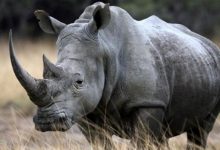
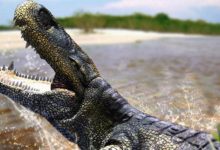




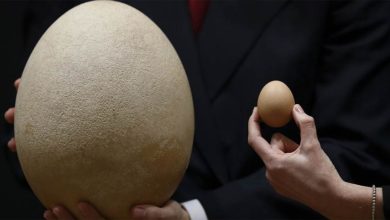




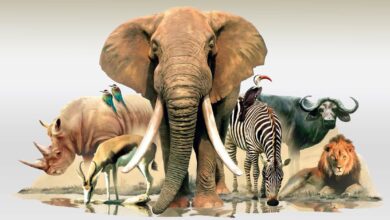


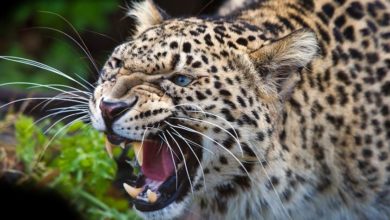

Quite an engaging read, much love from Brazil!